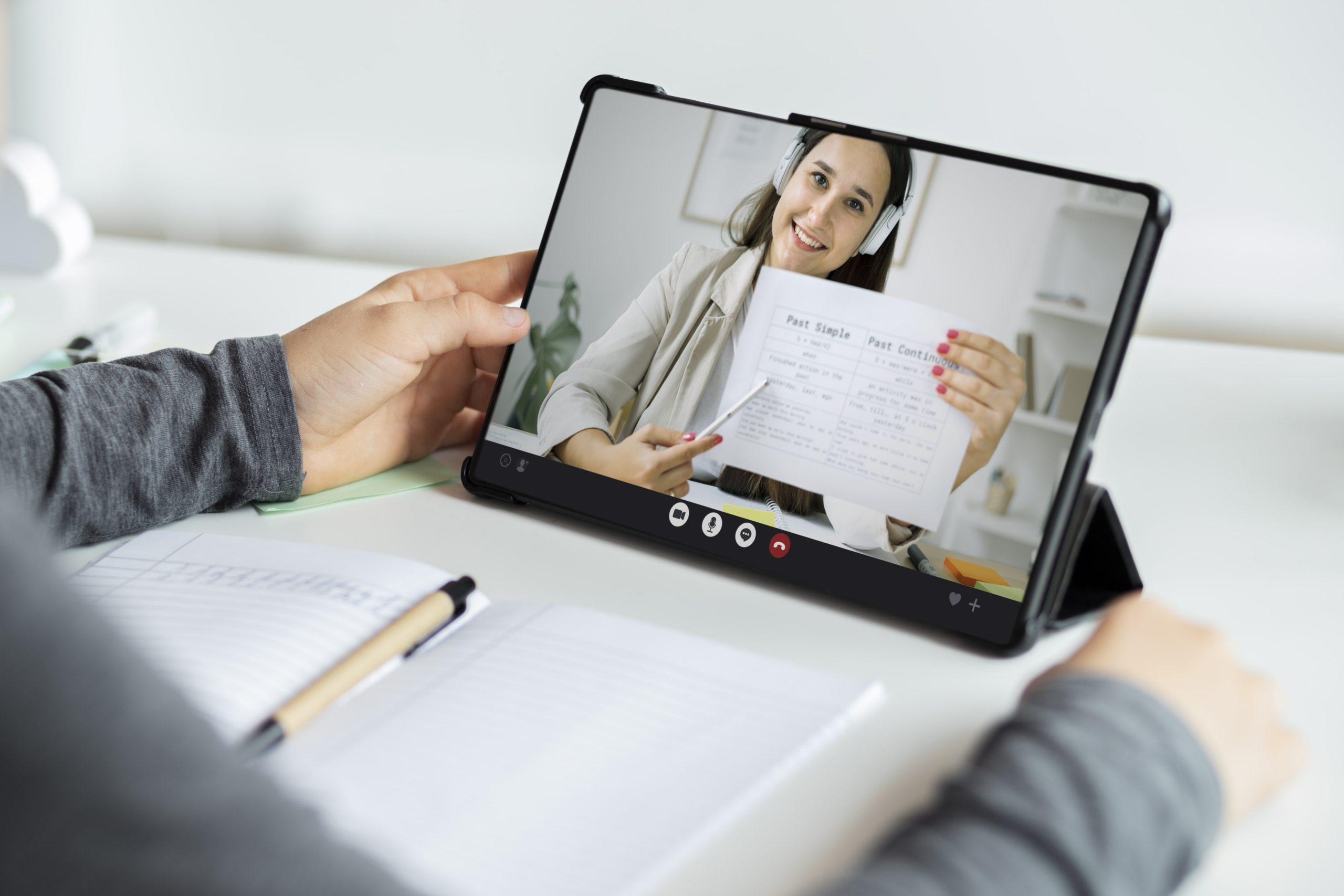Promoting Inclusivity Through Accessible Digital Solutions for Non-Profits and Higher Education
With Global Accessibility Awareness Day on the 18th of May, we wanted to raise awareness and discuss the significant role accessibility plays, when developing websites and digital solutions, in promoting diversity, equality and inclusion for individuals with disabilities. In this blog post, we will discuss why accessibility matters and the impact of non-compliance. We will also highlight the new WCAG 2.2 guidelines and the changes being implemented.
Why Accessibility Matters
In the UK, there are approximately 14.6 million people living with disabilities, according to the government’s Family Resources Survey in 2020/21. This represents 22% of the population.
If your website or digital solutions are not accessible to these individuals, you are excluding a significant segment of the population from accessing your services or information. By prioritising accessibility, you can demonstrate your organisation’s commitment to creating an inclusive and equitable environment.
The Importance of Accessibility in Higher Education
For higher education institutions, accessibility is crucial in ensuring that students with disabilities have equal access to educational materials and opportunities. By investing in accessibility, universities can ensure that students with disabilities can participate fully in all aspects of university life, from online learning to campus events. Without accessible digital solutions, students with disabilities face unnecessary barriers to their education.

The Importance of Accessibility in Non-Profit Organisations
Non-profit organisations have a responsibility to ensure equal access to their services and information for all individuals, including those with disabilities. Inaccessible digital solutions can prevent individuals with disabilities from accessing critical resources, services, and information. By prioritising accessibility, non-profits can demonstrate their commitment to inclusivity and foster stronger relationships with their diverse audience.
The New WCAG 2.2 Guidelines
The Web Content Accessibility Guidelines (WCAG) are a set of guidelines developed by the World Wide Web Consortium (W3C) to ensure that digital content is accessible to everyone.
The new WCAG 2.2 guidelines build on the previous version and aim to address issues that were not covered before. The guidelines aim to improve accessibility for individuals with disabilities, including those with visual, auditory, physical, speech, cognitive, and neurological disabilities.
Some of the new guidelines include:
- Navigation: Clearer keyboard focus states and appearance. When a keyboard user navigates a website, they should be able to tab through all content and easily see where they are on the page.
- Input behaviour; Improve functionality for operation beyond keyboards. When a user navigates a page, it should not require complex movement like dragging, which is difficult for users with dexterity issues.
- Predictability; Web pages should appear and operate in predictable ways. When someone uses a website it should be familiar and have consistent patterns. For example, help should be available in the same place.

Non-compliance with accessibility guidelines can result in legal action and damage to your organisation’s reputation. By following the new WCAG 2.2 guidelines and making your digital solutions accessible, you can ensure that all individuals, regardless of their abilities, can access your content and services.
If your digital solutions are not accessible, you are excluding a large portion of your audience, which goes against the value of inclusivity that most nonprofits and higher education institutions aim to uphold.
Steps towards building accessible digital solutions
To start addressing accessibility issues with digital solutions, you should consider:
- Conducting an accessibility audit of your website and digital solutions to identify areas that need improvement. Using free tools such as Axe and Wave can be a good starting point, which can be installed as Google Chrome extensions. Not all tools test for the same things – see here for a helpful GDS accessibility tool audit.
- Utilising existing design patterns outlined within the GOV.UK Design System can be a great place to start as these have all been tested rigorously.
- Prioritising accessibility in the development process to ensure that it is integrated into all design and development decisions. You can implement tools in your development pipeline like AxeCore or Pa11y-CI.
- Providing training and resources to staff to raise awareness about accessibility and how to create accessible content. The DWP Accessibility Manual is a great resource which is free to access.
- Incorporating user testing and feedback from individuals with disabilities to ensure that digital solutions are meeting their needs and are accessible. W3C provides some great guidance around involving users with disabilities in research.
- Staying up to date with accessibility guidelines and making necessary changes to ensure compliance.
A roadmap, not a checklist
At 6bythree, we believe accessibility should be a roadmap and not just a checklist of activities. The list above is a good starting point, but there are many other aspects we consider when building accessible and compliant websites for our clients. Our team is knowledgeable about the latest guidelines and recommendations and works closely with our clients to ensure their websites are accessible and inclusive.
Book a call to develop your organisation’s roadmap for accessibility with us here.
Conclusion
Accessibility is a crucial aspect of building digital solutions for higher education and non-profit organisations. In addition to promoting inclusivity and equality, it is essential to comply with accessibility laws and guidelines to avoid legal and financial consequences.
The new WCAG 2.2 guidelines provide further guidance to ensure that digital content is accessible for everyone. At 6bythree, we prioritise accessibility and work with clients to create websites that are compliant and inclusive for all.

